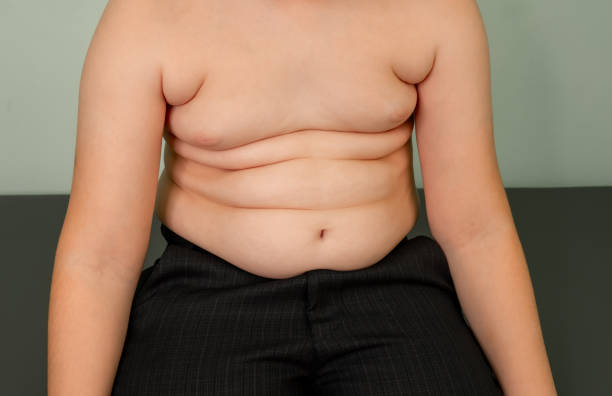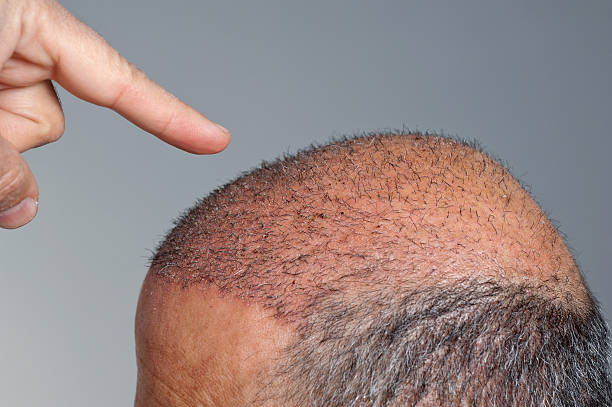Embracing Change: An In-Depth Look at the Rising Popularity of Tummy Tuck Procedures
In the realm of aesthetic medicine, the objective has always been to enhance natural beauty, improve self-esteem and create a better version of oneself. One such procedure that has gained significant popularity over the years is the tummy tuck, or abdominoplasty. Traditionally, it was viewed as a last resort for individuals who were unable to lose stubborn belly fat through diet and exercise. But today, it is no longer just about removing excess fat and skin. Modern-day tummy tucks also aim to restore weakened or separated muscles to create a smoother and firmer abdominal profile. This article will delve into the world of tummy tuck procedures, from its historical context to current relevance, trends, impact, and reception.

Understanding the Historical Context of Tummy Tuck Procedures
The first recorded tummy tuck procedure was performed in the late 19th century. It was initially designed to manage umbilical hernias and other abdominal deformities. Cosmetic benefits were merely an unintended side effect rather than the primary goal. However, as the field of plastic surgery evolved, surgeons began to recognize the potential for aesthetic improvements, leading to the modern-day tummy tuck procedure.
World War I played a significant role in the development of plastic surgery. The need to repair disfiguring war wounds led to considerable advancements in surgical techniques, including abdominoplasty. This paved the way for the procedure to become more mainstream in the 20th century, with more people seeking it out for cosmetic reasons.
The Current Relevance of Tummy Tuck Procedures
Today, tummy tuck procedures are no longer just about vanity. They have become an essential part of post-bariatric surgery care, helping patients who have lost a significant amount of weight to remove excess skin and achieve a more toned appearance. Furthermore, they also play a vital role in mommy makeovers, a series of procedures aimed at helping women regain their pre-pregnancy bodies.
The advent of minimally invasive techniques has made tummy tuck procedures safer and more accessible. Consequently, the stigma surrounding cosmetic surgery has somewhat diminished, with more people openly discussing their experiences and results.
Trends and Impact of Tummy Tuck Procedures
In recent years, there has been a rise in the number of men undergoing tummy tuck procedures. This marks a significant shift in societal attitudes as cosmetic surgery is no longer seen as exclusive to women. Men now understand that these procedures can help them achieve their desired body shape and boost their self-esteem.
Moreover, the increasing demand for tummy tuck procedures has led to job creation in the cosmetic surgery industry. From surgeons and nurses to patient coordinators and medical aestheticians, this field provides a wide range of career opportunities.
Reception of Tummy Tuck Procedures
The reception of tummy tuck procedures has generally been positive, as evidenced by the high satisfaction rates reported by patients. According to a study published in Plastic and Reconstructive Surgery, the official medical journal of the American Society of Plastic Surgeons, more than 95% of tummy tuck patients were satisfied with their results, and 86% reported improved self-esteem.
However, like any surgical procedure, tummy tucks are not without risks. Complications, although rare, can include infection, blood clots, and poor wound healing. As such, it is crucial for potential patients to fully understand these risks and discuss them with their surgeon before deciding to go ahead with the procedure.
Unique Insights into Tummy Tuck Procedures
While commonly thought of as a weight-loss procedure, a tummy tuck is actually more about contouring and shaping the abdomen. In fact, most surgeons recommend that patients be close to their ideal weight before undergoing the procedure. This misconception often leads to unrealistic expectations, which can impact patient satisfaction.
In conclusion, tummy tuck procedures represent a fascinating mix of medical necessity and aesthetic desire. They serve as a testament to the evolution of plastic surgery, from a field primarily concerned with repairing physical deformities to one that also embraces the enhancement of natural beauty. With advancements in surgical techniques and a growing acceptance of cosmetic surgery, it’s likely that the popularity of tummy tucks will continue to rise.




